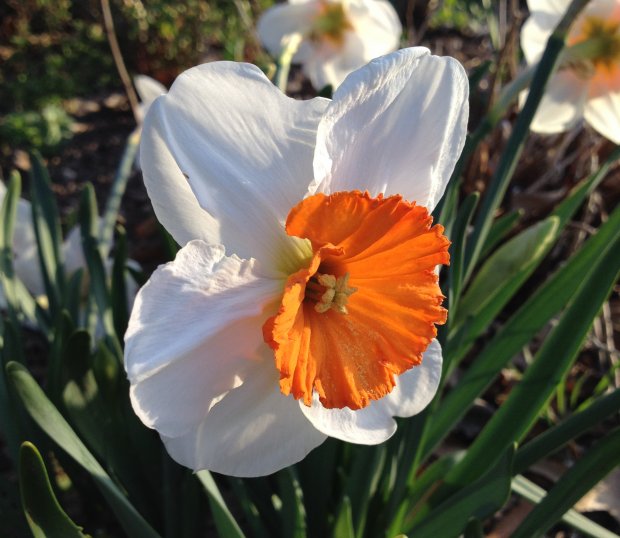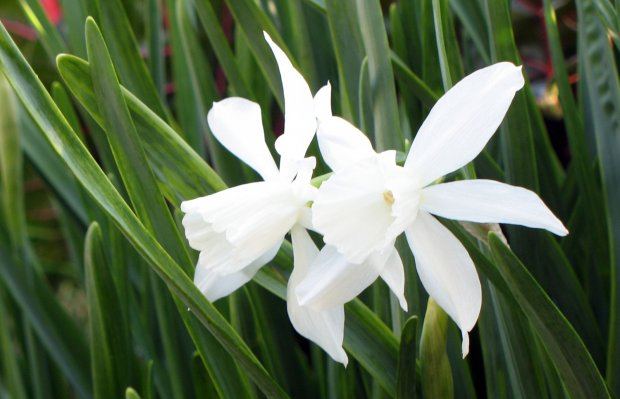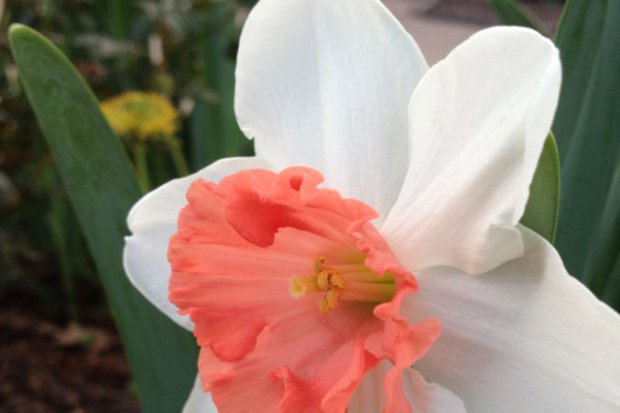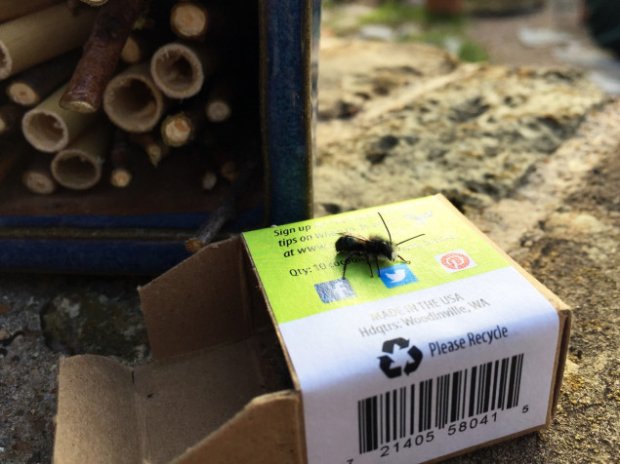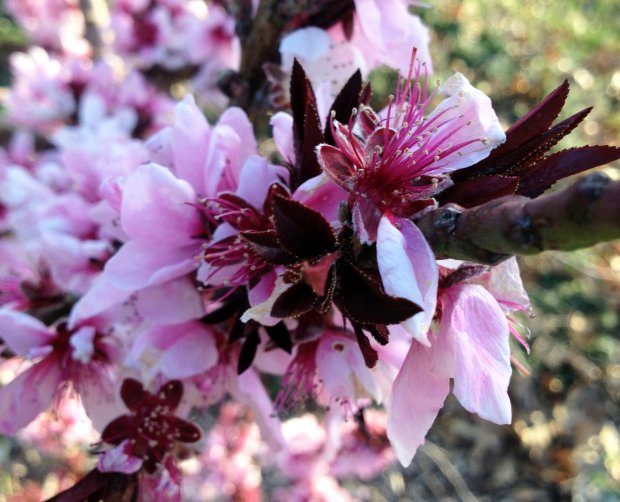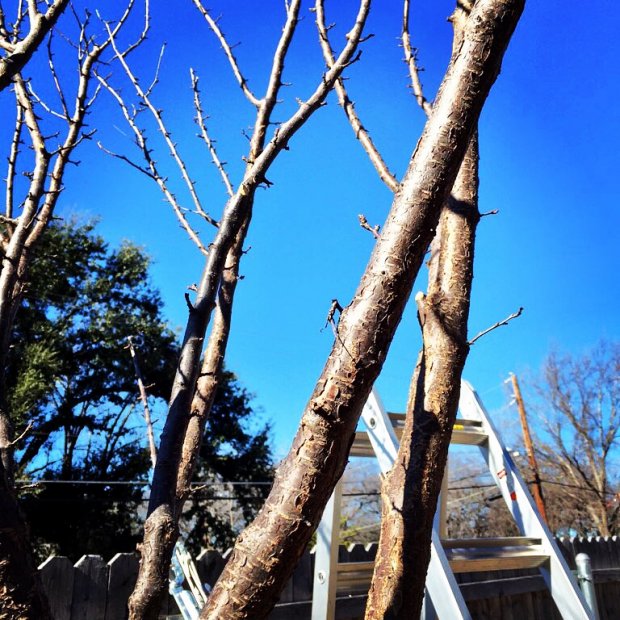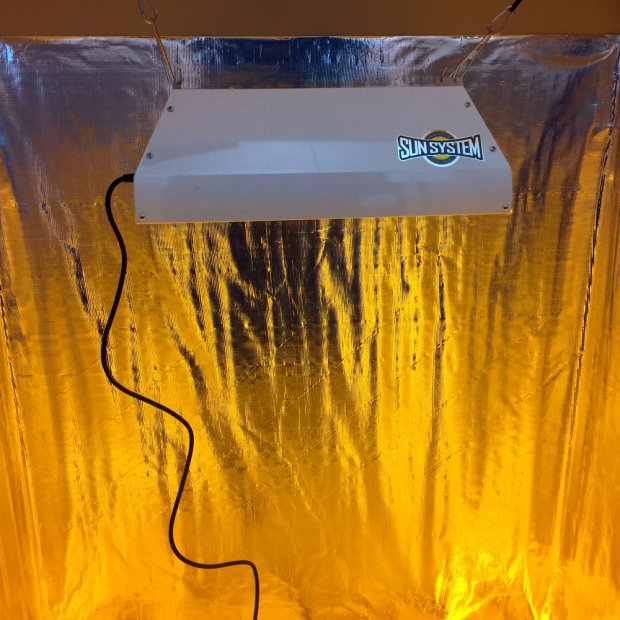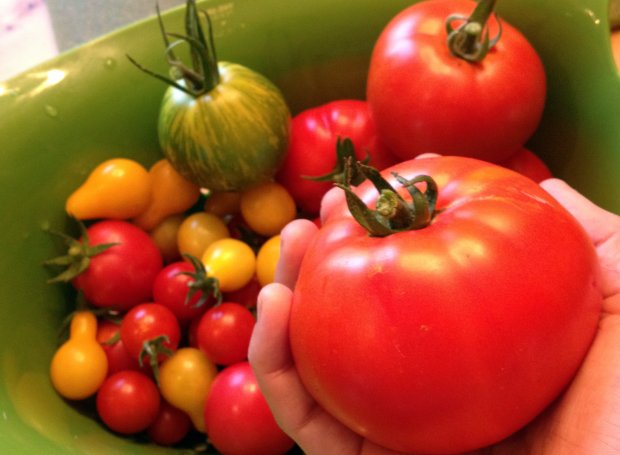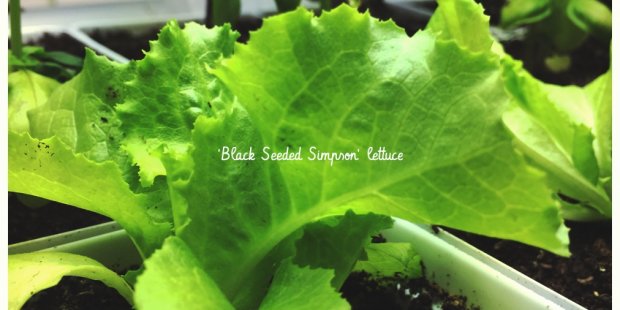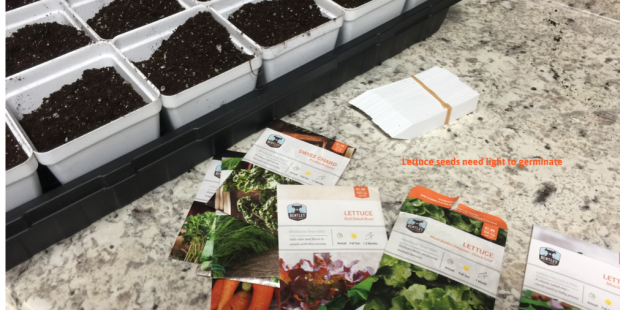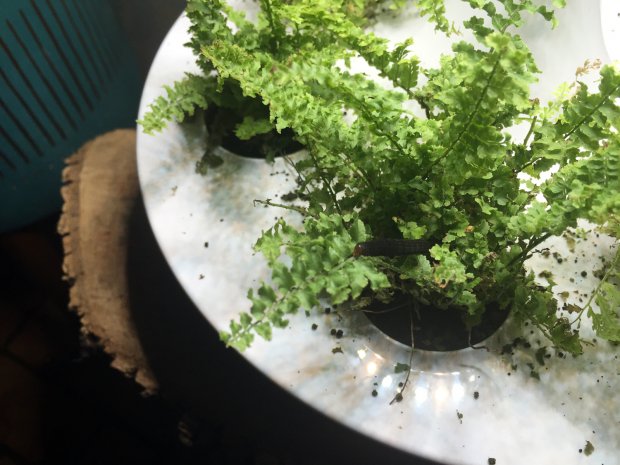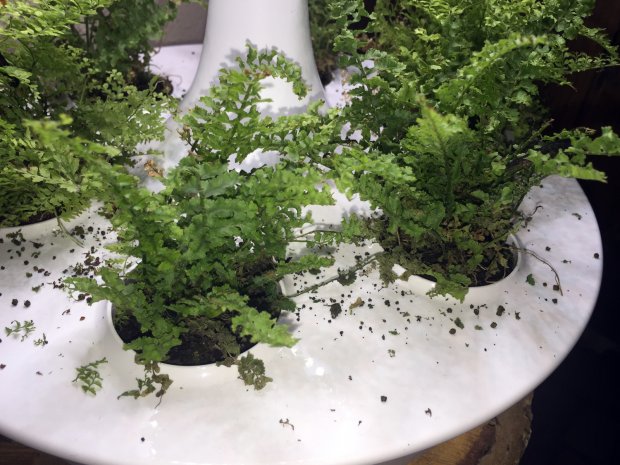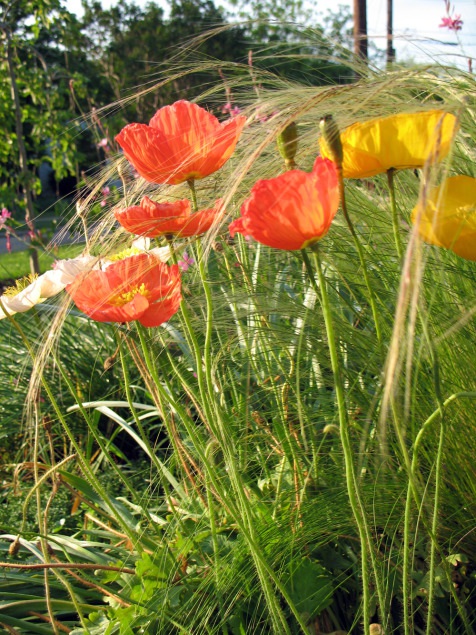In The Garden: Third Year’s A Charm
April 14, 2017
The "Terrible Twos" aren't just for toddlers.
If there is one thing that gardening can teach you, it’s patience. Crafting a beautiful garden or a productive veggie bed takes time and practice. Many failures will happen on the road to success. Often, we head to the garden center with a vision; then expect that vision to manifest overnight. Rarely is that the case and disappointment ensues. Whether you’re building your garden DIY style, or having it designed and installed by a professional, you’re going to have to give your plants some time to settle in an come in to their own.
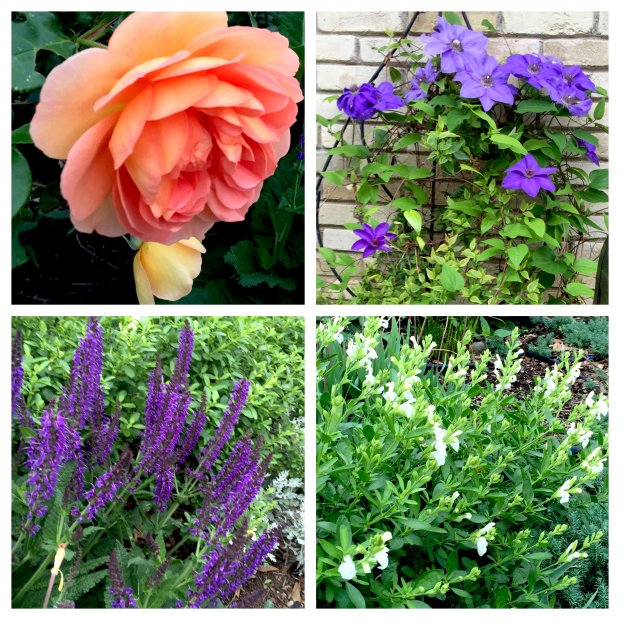
These are images of plants hitting their third year in my garden, when they really started to put on a show (after looking fairly pathetic for the first two years). Rose ‘Pat Austin’, Clematis ‘Ramona’, Salvia ‘May Night’, white Autumn Sage.
For most small shrubs, vines, perennials and perennial bulbs, the third year in the garden is the charm. As the old garden saying goes “the first year they sleep, the second year they creep, the third year they leap!”
When newly planted, you must remember that your plants are basically still container plants with a limited root system. You’re going to have to water them more often and you can’t expect much top growth within the first year. Most of the plant’s energy needs to go towards developing a vigorous root system with which to take up water and nutrients.
By the second year, plants will begin to put on some top green growth, but don’t expect peak performance or an abundance of blooms. Roses and perennials may still seem a bit scraggly. This is the stage when you might start questioning your plant choices and think that they “should be looking better by now”. Hold tight.
It’s typically the third year in the garden in which your plants will begin to reward your patience. This is when they’ll start to look like the specimens you see on the tag or in that glossy plant catalog. You’ll typically see a growth spurt of top growth and blooms. Now, this doesn’t mean that it takes three years for all plants to reach their mature size; while many herbaceous perennials will come into their own during the third year, it often takes much longer for larger shrubs and trees to reach their desired size. But it is the time when you can expect to see a significant flush of new growth on most plants.
Now, for larger trees know that it often takes much longer for them to get established. The three year rule is still works for most trees 10-gallons, or smaller, when planted. Large-caliper trees can take more than three years to really begin to put down a good root system and start putting more energy into top growth.
So before you rip out your scraggly perennials or blame your landscaper and and ask for replacement plants, remember that just like you would your toddler, you need to give your plants a chance to grow out of their terrible twos.

